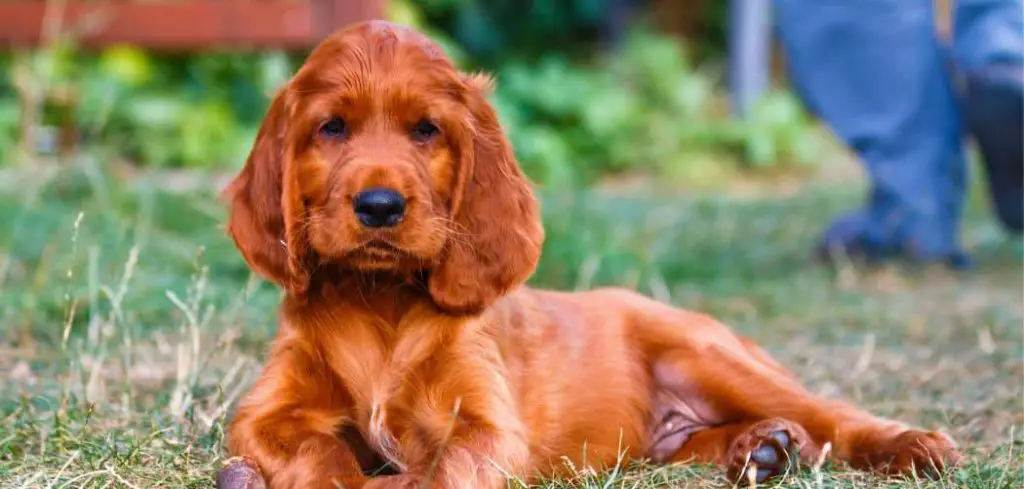If your dog is panting heavily while also licking their paws excessively, it may seem like a nervous habit—but these behaviors often indicate underlying discomfort, stress, or even medical conditions. While both actions can occasionally be harmless, their combination often deserves a closer look.
We outline the common causes of dog panting and licking paws, what you can do at home, and when to seek veterinary help.
Dog Panting and Licking Paws — Why It Happens
Dogs pant and lick their paws when they’re anxious, in pain, allergic to something, or suffering from infections or internal health issues. These behaviors are signs of physical or emotional distress, and when they occur together, they may point to a condition requiring treatment.

Common Causes of Dog Panting and Licking Paws
Anxiety or Stress
One of the most common causes is emotional distress. Dogs experiencing anxiety may pant excessively due to adrenaline release and lick their paws as a self-soothing behavior.
Triggers include loud noises, separation from owners, changes in routine, or travel.
You may also notice pacing, whining, hiding, or destructive behavior.
Chronic stress can lead to compulsive licking, which may cause irritation or infection over time.
Calming environments, behavioral training, and vet-approved anxiety treatments can help.
Allergies (Environmental or Food-Related)
Allergies are a major reason dogs lick their paws, especially when allergens like pollen, mold, or food ingredients irritate their skin.
Panting can accompany allergic reactions when there is inflammation, discomfort, or respiratory involvement.
Paw licking is often most intense after walks or during seasonal changes.
Look for signs like red, inflamed paws, frequent scratching, or chronic ear infections.
Vets may recommend antihistamines, dietary changes, or allergy testing depending on the cause.
Read more: Dog Panting and Shaking (Common causes)
Pain or Injury
Dogs often lick a paw that’s been injured—even slightly—such as from a cut, thorn, bee sting, or sprain.
Panting can occur as a response to pain or discomfort, even when the injury isn’t obvious.
Carefully inspect the paw pads and between the toes for signs of swelling, bleeding, or foreign objects.
If the paw is warm to the touch or if limping is involved, veterinary care is needed.
Infections (Bacterial or Yeast)
Persistent licking can cause or worsen infections, especially between the toes and pads.
Infected paws often become red, smelly, swollen, and painful.
Panting may result from general discomfort or fever if the infection spreads.
Your vet may prescribe topical ointments, oral antibiotics, or antifungals.
Preventing future infections includes drying the paws after walks and addressing any allergies or skin conditions.
Hormonal Imbalances (Cushing’s or Hypothyroidism)
Certain endocrine disorders, such as Cushing’s disease or hypothyroidism, can lead to changes in behavior and skin health.
Cushing’s can cause excessive panting, increased thirst, hair loss, and skin irritation that leads to paw licking.
Hypothyroidism may cause dry skin and discomfort that triggers licking.
Diagnosis typically involves blood work and hormone testing. Management includes long-term medication and symptom monitoring.
What to Do If Your Dog Is Panting and Licking Paws
First, try to identify possible triggers—did the symptoms start after a walk, meal, or stressful event?
Gently examine your dog’s paws for signs of injury, swelling, or redness. Clean with mild antiseptic if needed.
Keep your dog calm in a cool, quiet environment and discourage excessive licking using an e-collar or soft booties if needed.
Ensure your dog is hydrated and not exposed to heat or allergens.
Avoid using over-the-counter creams without your vet’s advice—some human products can be toxic to pets.
When to Call or Visit Your Vet
Seek veterinary attention if your dog:
Licks their paws constantly or causes skin damage
Pants heavily while at rest or seems restless
Has red, swollen, or foul-smelling paws
Shows signs of systemic illness like vomiting, diarrhea, or lethargy
Develops bald patches, bleeding, or changes in gait
A vet can diagnose the root cause and create a treatment plan to provide relief.
Read more: Dog Licking Paws Excessively (What it means and how to help)
Key Takeaway
Panting and paw licking aren’t just bad habits—they’re signs that your dog may be uncomfortable, in pain, or dealing with an underlying issue.
By paying attention, acting quickly, and consulting your vet, you can help your dog feel better and prevent complications like infections or chronic stress behaviors.
Relief starts with identifying the cause—and your dog is counting on you to listen.
